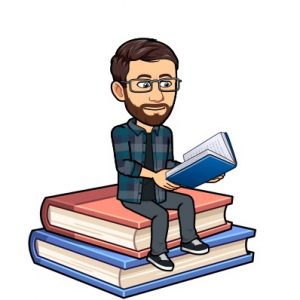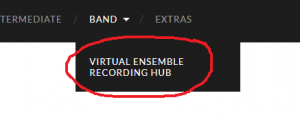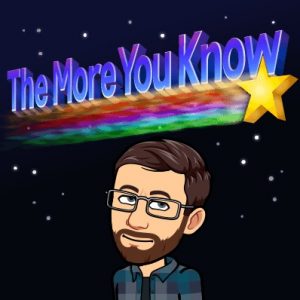 Use this website to review the instruments of the orchestra. Choose 1 instrument from each family (group) to look at and listen to: https://www.mydso.com/dso-kids/learn-and-listen/instruments
Use this website to review the instruments of the orchestra. Choose 1 instrument from each family (group) to look at and listen to: https://www.mydso.com/dso-kids/learn-and-listen/instruments
If you click on an instrument name on that website, you will see a picture of that instrument. There will also be a music box where you can hear what it sounds like. Feel free to explore even more instruments on the website if you like.
click here for the video if you are having trouble playing it on my website.
After reviewing 1 (or more) different instrument from each family, watch this video of the National Youth Orchestra of Great Britain (made up of students aged 13-19 years old) performing a piece of music by Gustav Holst called MARS: The Bringer of War. The planet Mars is named after the ancient Roman god of war, which was Holst’s inspiration for the title and mood of this music
click here for the video if you are having trouble playing it on my website.
After, answer these questions in Teams or in an email to me.
-
What instruments did you recognize in this video?
-
Were there any instruments that you saw on the orchestra page that you did not see or hear in this video?
-
What was your favourite instrument in this video?
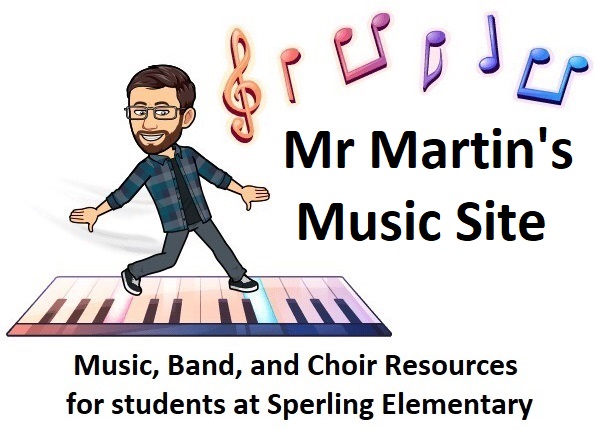
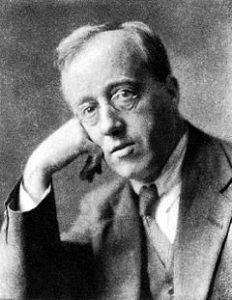 Gustav Holst was an English composer who wrote a very famous suite of music called The Planets over 100 years ago.
Gustav Holst was an English composer who wrote a very famous suite of music called The Planets over 100 years ago.

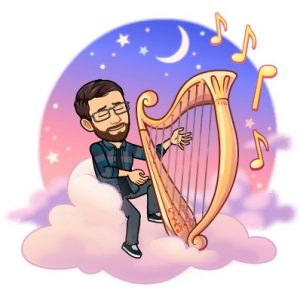 Listening Questions: Please answer these in Teams or in an email to me.
Listening Questions: Please answer these in Teams or in an email to me.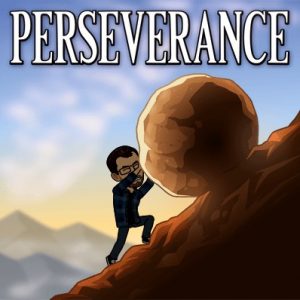 Hi Everyone,
Hi Everyone,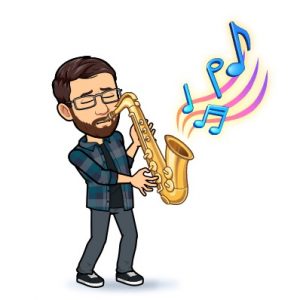 Obective: write at least of verse of your own blues lyrics, and submit to me on Teams or by e-mail.
Obective: write at least of verse of your own blues lyrics, and submit to me on Teams or by e-mail.